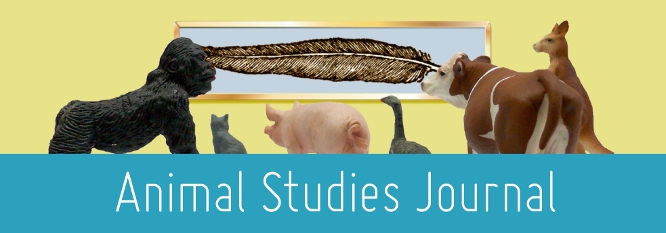Home > assh > ASJ > Vol. 11 (2022) > No. 1

Abstract
Well over one million kangaroos are shot each year in New South Wales, around half of them for the kangaroo ‘industry’, a harvest underpinned by the annual supply of population estimates sustaining the widespread impression that kangaroos are a ‘pest’, ‘in plague proportions’. Each year these figures, added to historical tables (typically from 1990 onward), are published as part of the state’s Quota Report, upon which the following year’s shooting quota is based. Drawn from aerial surveys, these estimates are nevertheless characterised by the persistent incidence of extraordinary annual population growth rates, well in excess of biological possibility. This paper interrogates these anomalies and considers them in the context of actual reproductive capacity of kangaroos and other factors (male-to-female ratios, infant survival rates, etc.) determining a population’s capacity to regenerate. It suggests that the sudden and extraordinary elevations in population registered in the tables are less the result of massive kangaroo migrations, as some suggest, than of inflationary systemic biases at once reflecting and promulgating erroneous assumptions – a myth – of hyperfecundity and of the kangaroo as a ‘boom’ species. Considerable confusion surrounds the regenerative capacities of kangaroos. The paper attempts to clarify this issue with calculations demonstrating that, even in a very good year, a kangaroo population is unlikely to grow at a rate much exceeding 12%, let alone a rate of 200, 400, or even 500% as official tables sometimes state. Figures of the actual ‘take’ (kill count) over the last decade, it argues, tell a very different story and suggest not abundance but populations in serious decline.
.
Recommended Citation
Brooks, David, The Number Game: Counting Kangaroos, Animal Studies Journal, 11(1), 2022, 1-36.Available at:https://ro.uow.edu.au/asj/vol11/iss1/2
Included in
Agricultural and Resource Economics Commons, Art and Design Commons, Art Practice Commons, Australian Studies Commons, Communication Commons, Creative Writing Commons, Digital Humanities Commons, Education Commons, English Language and Literature Commons, Feminist, Gender, and Sexuality Studies Commons, Film and Media Studies Commons, Fine Arts Commons, Legal Studies Commons, Linguistics Commons, Philosophy Commons, Political Science Commons, Public Health Commons, Race, Ethnicity and Post-Colonial Studies Commons, Sociology Commons, Theatre and Performance Studies Commons

